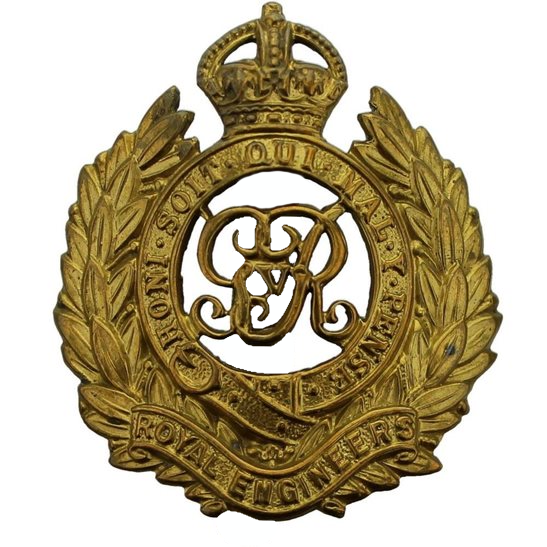Personal Details
Born: 1 September 1883 in Whitchurch, Shropshire and baptised on 5 October the same year in St. Alkmund’s Church.
Family: He was the second of six children born to James Ellis, a carpenter and joiner, and his wife Mary. He married Alice Duckers in 1909 in Whitchurch and together they had three children – Annie, Harold J and Sydney.
Residence: At the time of his baptism the family were living in Wrexham Road, Whitchurch. By 1901 they had moved to 11 Highgate, Whitchurch. By 1911, having married, he was living at 7 Liverpool Street, Whitchurch, where he continued to live until at least 1919. In 1939 he was living at 16 Rosemary Lane, Whitchurch which was his address at the time of his death.
Employment: In 1901 he was an apprentice joiner; in 1911 he was a joiner and in 1939 a builder’s carpenter. He was a member of the Amalgamated Society of Carpenters and Joiners in 1913.
Died: 10 November 1960 in Whitchurch, aged 77 and was buried on 14 November the same year in Whitchurch cemetery. (His wife, Alice, died five weeks before him)
Military Details
Regiment: Royal Engineers
Rank: Sapper
Service Number: 224166
Date of Enlistment: Not known
Date of Discharge: Not known, but not before 14 October 1918
Reason for Discharge: Not known
Other Information: His military records also refer to him in the Royal Horse Artillery. He was hospitalised twice in 1918.
Walter was awarded the Campaign Medals (British War Medal, and Victory Medal).

The British War Medal (also known as 'Squeak') was a silver or bronze medal awarded to officers and men of the British and Imperial Forces who either entered a theatre of war or entered service overseas between 5th August 1914 and 11th November 1918 inclusive. This was later extended to services in Russia, Siberia and some other areas in 1919 and 1920. Approximately 6.5 million British War Medals were issued. Approximately 6.4 million of these were the silver versions of this medal. Around 110,000 of a bronze version were issued mainly to Chinese, Maltese and Indian Labour Corps. The front (obv or obverse) of the medal depicts the head of George V. The recipient's service number, rank, name and unit was impressed on the rim.
The Allied Victory Medal (also known as 'Wilfred') was issued by each of the allies. It was decided that each of the allies should each issue their own bronze victory medal with a similar design, similar equivalent wording and identical ribbon. The British medal was designed by W. McMillan. The front depicts a winged classical figure representing victory. Approximately 5.7 million victory medals were issued. Interestingly, eligibility for this medal was more restrictive and not everyone who received the British War Medal ('Squeak') also received the Victory Medal ('Wilfred'). However, in general, all recipients of 'Wilfred' also received 'Squeak' and all recipients of The 1914 Star or The 1914/1915 Star (also known as 'Pip') also received both 'Squeak' and 'Wilfred'. The recipient's service number, rank, name and unit was impressed on the rim.

